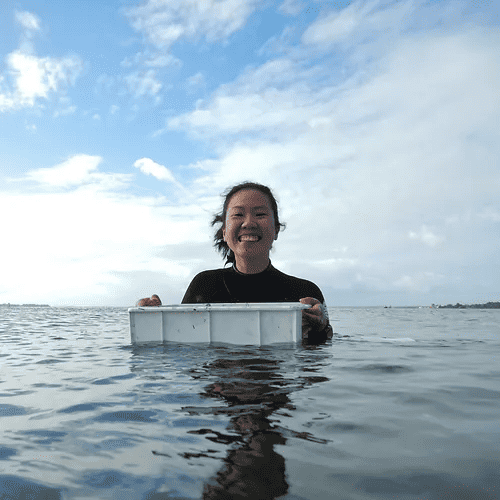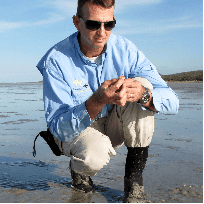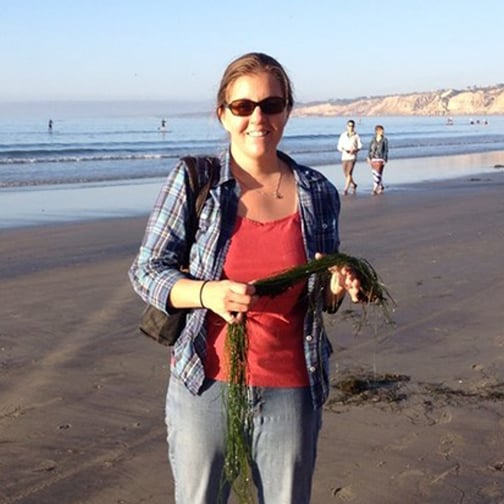
Membership
Green sea turtle over seagrass, Saint-Pierre, Martinique | Michele Roux / Ocean Image Bank
Members of the World Seagrass Association are part of an international community who share an interest in seagrasses, their biology, conservation and management.
Today we organize to answer the call to action made by the
Members of the World Seagrass Association are part of an international community that shares an interest in seagrasses, their biology, conservation, and management. If you are Interested in becoming a member of our organization, please email us at: wsa.membership@gmail.com.
WSA Membership
Only financial members of WSA are able to hold office, nominate or vote in elections. If you want a voice or otherwise participate in WSA activities please renew or join the Association and pay your dues. (Please note that we will confirm your registration and payment in due course but this is done by a human being so please be patient).
Membership application
If you wish to become a member, that is you are not currently registered with the Association, you will need to complete and submit the registration form and then pay your dues (via PayPal or credit card).
Existing members
If you are currently a member and wish to renew you your membership, or if your membership has recently lapsed and you want to rejoin, you will need to complete and submit the registration form and then pay your dues (via PayPal or credit card). You need to complete both steps to renew your membership.
If you are currently a financial member and wish simply to update your details please complete and submit the registration form, but do not proceed through the payment process.
Membership dues
The cost of joining or continuing as an ordinary member of WSA is US$40 for two years, US$20 for students (email verification from supervisor/advisor required). Single year membership is available also. (These amounts include transaction fees and GST for Australian residents if applicable
WSA Committee
Members of the World Seagrass Association are part of an international community that shares an interest in seagrasses, their biology, conservation, and management. If you are Interested in becoming a member of our organization, please email us at: wsa.membership@gmail.com.
Members of the World Seagrass Association are part of an international community that shares an interest in seagrasses, their biology, conservation, and management. If you are Interested in becoming a member of our organization, please email us at: wsa.membership@gmail.com.
Committee Members
MANAGEMENT Committee
President
Benjamin Jones >
Vice President
Emma Jackson >
Treasurer
Yi Mei Tan >
Secretary
Len McKenzie >
Immediate-Past President
Jessie Jarvis >
Steering Committee
Carol Conacher (Australia)
Brooke Landry (USA)
Jennifer Verduin (Australia)
Jillian Ooi (Malaysia)
Jimena Samper-Villarreal (Costa Rica)
Kathryn McMahon (Australia)
Lucy Coals* (Australia/UK)
Paul Erftemeijer (Australia/Europe)
María Bernal Gómez (Sweden)
Maru Bernal (Mexico/Sweden)
Mike van Keulen (Australia)
*Student representative
Juvenile cowfish in seagrass, Sydney, Australia | Jayne Jenkins / Ocean Image Bank




